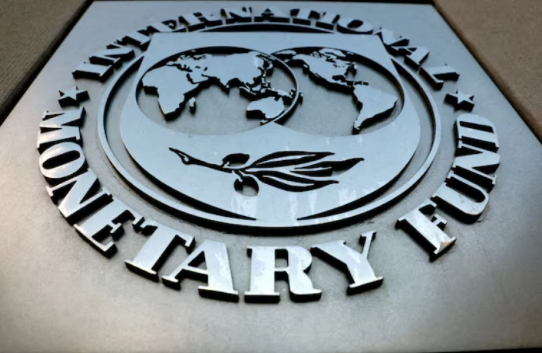The violent unrest that forced Kenya’s president to withdraw support for a finance bill has left the country’s efforts to meet International Monetary Fund targets in doubt and could make borrowing more costly, investors and analysts said.
The bill included unpopular levies on bread, vegetable oil and sugar, mobile money transfers and some imports.
It had been meant to raise 346 billion Kenyan shillings ($2.68 billion), or 3% of GDP, in additional revenue, Morgan Stanley’s Neville Z. Mandimika wrote in a note.
Its withdrawal “will likely result in Kenya missing the 4.7% fiscal deficit target this year and 3.5% target next year as per the IMF programme,” he said.
The IMF did not immediately comment on whether it would shift Kenya’s required targets.
“Our main goal in supporting Kenya is to help it overcome the difficult economic challenges it faces and improve its economic prospects and the well-being of its people,” IMF spokesperson Julie Kozack said in a statement.
Kenya agreed a four-year loan with the IMF in 2021, and signed on for additional lending to support climate change measures in May 2023, taking its total IMF loan access to $3.6 billion.
The IMF requires regular reviews of reforms – in Kenya’s case every six months – before it releases tranches of funding.
Kenya reached a staff level agreement with the IMF earlier this month on a seventh review – before President William Ruto abandoned the tax bill on Wednesday – even then warning of revenue shortfalls. The review in theory paves the way for $976 million, but it had not secured crucial IMF board sign-off.
“There isn’t a great deal of room to manoeuvre unless you really start doing much more thorough reviews” of spending, said Giulia Pelligrini, senior portfolio manager with Allianz Global Investors, of what Kenya can do to meet targets. “So it’s going to be difficult.”
She added that a mix of government spending cuts, and flexibility from the IMF on programme targets, was the likely outcome.
Kenya’s sovereign dollar bonds slid after Ruto’s u-turn. Morgan Stanley said that with eurobond yields back above 10%, Kenya had limited access to international bonds, which could push them to borrow more locally.
“The next catalyst for spreads would be statements from the IMF on how the programme will be recalibrated to reflect this new reality,” Mandimika wrote.
JPMorgan’s Sthembiso E. Nkalanga and Gbolahan S. Taiwo said they expected the IMF to sign off on the seventh review, but Ruto had painful choices ahead.
“Fiscal consolidation efforts now shift towards spending cuts,” they wrote in a note.
JPMorgan added it does not expect Kenya’s Central Bank to cut interest rates until December after the central bank added a likely “higher-for-longer” stance in its risks assessment in May.
This, along with a lack of international market access, will put pressure on domestic borrowing, elevating costs. Moody’s credit rating agency also warned of upward pressure on domestic borrowing costs.
Paul Greer, portfolio manager with Fidelity, said the turmoil was a reminder that moving too quickly on reforms can backfire.
“It’s just an illustration of the limitations of fiscal austerity,” he told Reuters. “Clearly, this was a step too far.”
($1 = Ksh.129)



